Turbid water in the aquarium is fatal to its inhabitants. In order to prevent this, it is necessary to know the reasons that lead to this. From the material in this article you will find out why this happens and what to do in this situation.
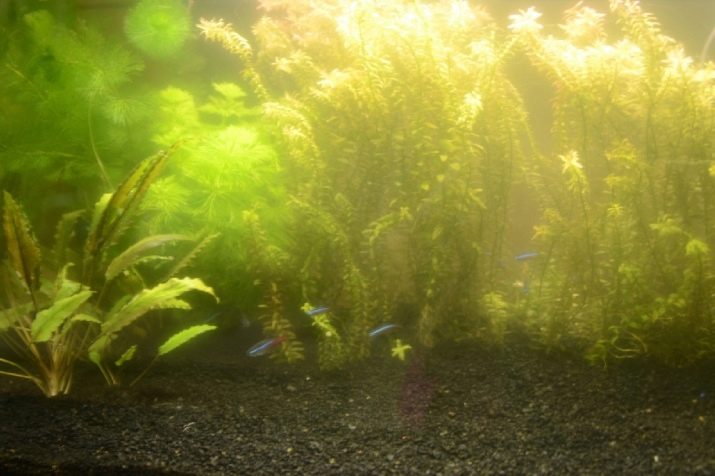
Main reasons
The water in the aquarium at the start may become cloudy for various reasons. These may be problems of a biological nature or resulting from the action of mechanical factors. If the owner launched the fish into a new aquarium, but something went wrong, you should understand what caused the appearance of turbidity.
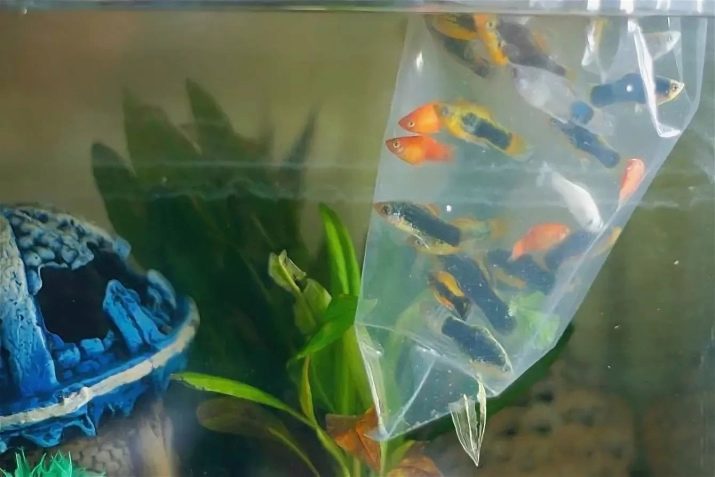
Bacterial outbreak
The most common of these is a bacterial outbreak, which usually occurs at startup. Water begins to grow turbid already on the second day. At the same time, bacteria multiply very quickly, occupying the entire body of water. Usually, the outbreak stops after a few days when the growth of bacteria slows down.
This phenomenon is natural and inevitable, and therefore, immediately after the launch of the aquarium, you can not populate fish in it. Housewarming can be done to them not earlier than the reservoir is cleaned independently.
When bacteria has nothing to eat, they will die, which will lead to a restoration of water balance.

Unprepared soil
Often the reason that the liquid becomes unclear upon startup is due to unprepared soil. This happens when an unwashed substrate with small particles and dust is placed on the bottom of the aquarium. Turbidity is associated with light particles of soil, which, when changing water, rise up. Sometimes water is poured directly onto the substrate, as a result of which the water remains turbid for a long time.
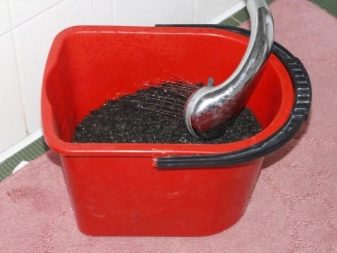
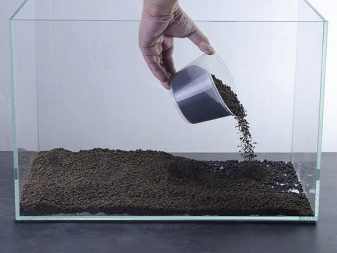
Incorrect feeding
One of the reasons for the appearance of turbidity after launch is the wrong approach to feeding the inhabitants of the aquarium. There is too much feed in the water, its uneaten particles continue to float in the middle thickness, others settle on the bottom, mixing with the substrate. This leads to the multiplication of putrefactive bacteria that produce toxic substances.
The decomposition products are ammonia, nitrates and nitrites, due to which the water becomes not only cloudy, but also smelling bad.
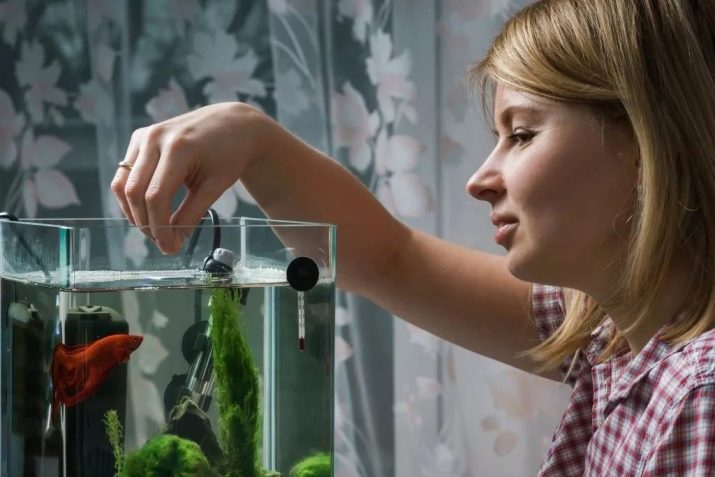
Use of chemical cleaners
Often, inexperienced aquarists use chemicals to cleanse water. Before entering the tank, they must be diluted in separate containers until completely dissolved. If this does not happen, this leads to the formation of white deposits on the scenery of the aquarium landscape.
Floating in water, whitish particles of reagents change the parameters of water, which violates its balance. Their appearance requires urgent migration of fish to another aquarium.
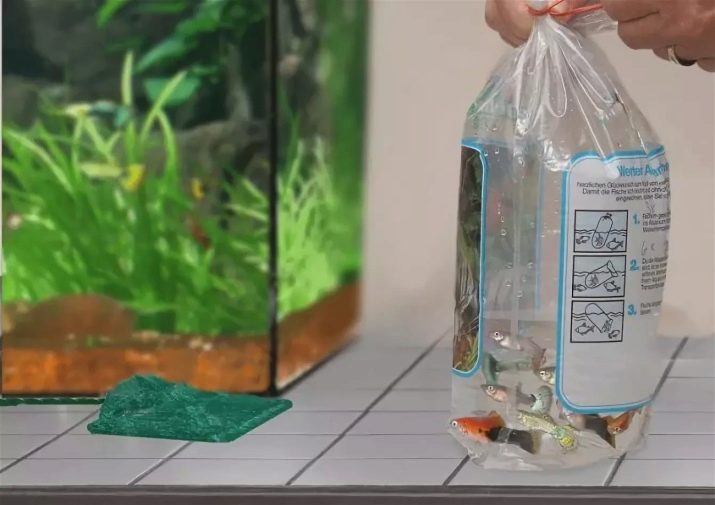
A large number of residents
Overpopulation of the aquarium after starting very quickly leads to turbidity of the water. It is impossible to settle a large number of inhabitants in the aquarium. In this case, the filter will cease to cope with the purification of the water, the purification will become mediocre, and the water will turn green.
When buying, you need to consider the volume of the tank and the necessary space for specific types of fish.

Other reasons
In addition to the main reasons for clouding of water after launch, aspects such as:
- improper and untimely care;
- insufficient oxygen saturation;
- improper selection of vegetation;
- wooden decor not soaked in advance;
- reproduction of unicellular algae;
- ignoring tank cleaning.
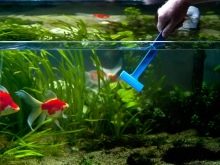
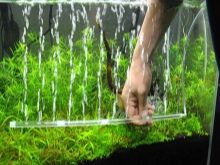
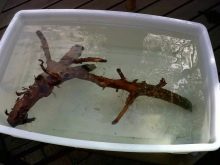
If the water after the start has become turbid, first find out the cause, and then eliminate it. For example, in one case the type of feed is changed, in the other the decor is washed, in the third the liquid is purified by means of non-pharmacy activated carbon.
Also, to solve the problem, some types of algae and snails are used.
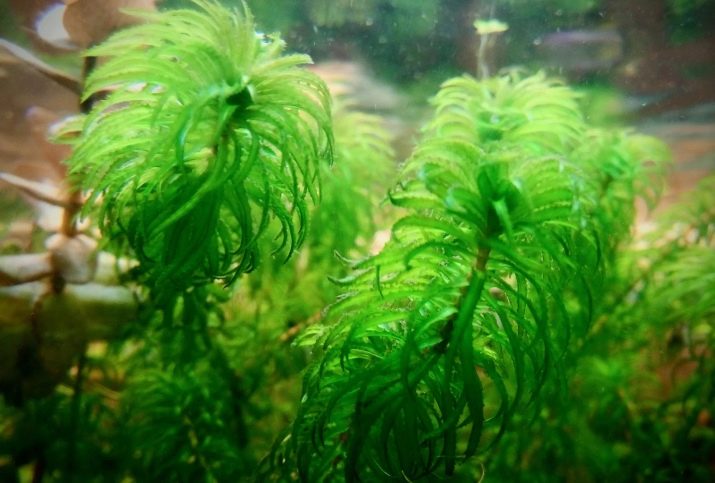
How to fight?
The way to combat the clouding of water in the aquarium depends on the reason that led to this. Sometimes you don’t need to do anything, as is the case with a bacterial outbreak. In such a situation, you can not do a water change, as fresh water will also begin to cloud. At the same time, neither its full nor partial replacement is allowed.
However, in order to speed up the process of restoring water balance, it is necessary to add water from the old one, if any, to the new tank.
If the volume of the aquarium is small, a sponge filter can be used to clean the water. He copes with water purification very efficiently and quickly.
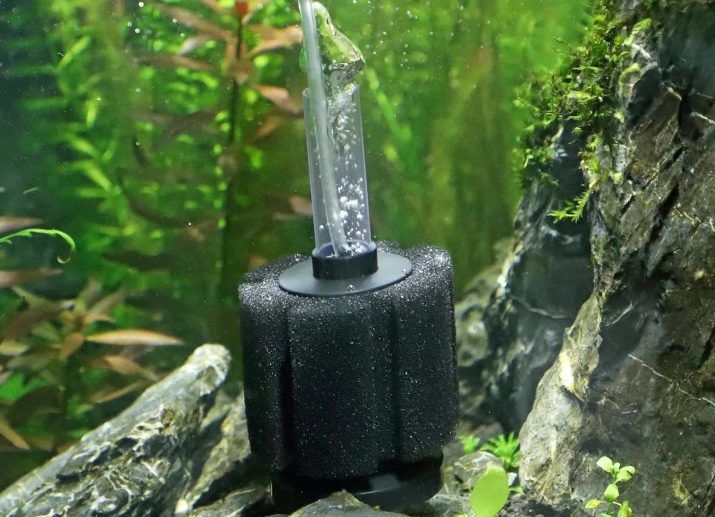
If the reason for the muddy water lies in the use of unprepared soil, you need to pay attention to the accuracy of water infusion into the aquarium. Usually, after the particles settle, the water becomes clean. It should not be considered that the sources of turbidity are fish. They are timid, and the first time they were in a new place, they did hide for a long time in the existing shelters.
Soil can be cleaned with a siphon, which will save the tank from dirt particles. Clean its site after site, making sure that the water at the end of the device becomes transparent. This is done once a month, but with severe turbidity, water is replaced. The soil is removed and washed under running water, and then returned to the tank.

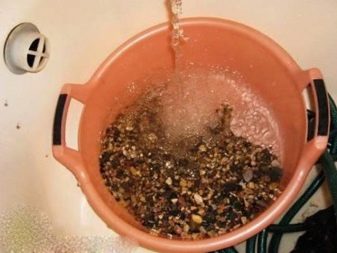
When the reason for the turbidity of the liquid in the tank is associated with overfeeding the fish, it is necessary to reconsider the approach to their feeding. If the water begins to emit an unpleasant odor, it will poison the inhabitants of the aquarium. It is better to limit the amount of fish food than overfeeding them. The water balance will quickly be restored if you arrange a fish unloading diet for 2-3 days.
During this time, the bacteria will die out, and therefore the water will be purified. Excess feed should be removed immediately from the tank.
If there is a place for inhabitants, you can buy bottom fish that feed on the remnants of the forage settling to the bottom. They will quickly and effectively solve this problem.

If you buy moving fish (for example, gold, veil-tails and cyclides), who love to dig into the soil and mix it, you will have to buy a good filter. Otherwise, getting rid of the turbidity will be problematic. In this case, it is useless to change the water, since its replacement can lead to disruption of the water balance and fish disease.
Turbidity in the aquarium can be film. The film, frightening beginners in the aquarium business, appears as a result of using too oily food, as well as the accumulation of microscopic algae. This also happens when using low-quality scenery in the landscape.
They perfectly cope with this problem of snail-ampullaria. Another effective way to solve the problem will be water filtration.
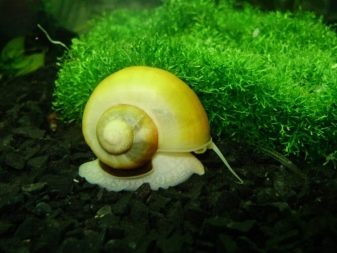

Turbidity after launch can vary in color and can be white, green and yellow.
- White usually appears on the second day after launch and passes on its own within 1-2 weeks. This is a normal process that you should not be afraid of, at this time you can’t touch the tank. However, if the water has not cleared after 2 weeks, resort to the help of specialists.
- Yellow turbidity appears when the fish are fed poor food or the decorations are made of cheap plastic, and the driftwood is made of poor-quality material. It also appears when there is no good filtration or it is completely absent. All these problems are solvable and do not need the involvement of specialists: decorations change, acquire good and high-quality food, replace the filtration system, and clean the aquarium after feeding.
- Green turbidity indicates that plants are propagating too rapidly in the aquarium. Usually this happens with excessive illumination of the tank, exposure to sunlight, and rotting of the feed, along with dead foliage of aquarium vegetation. In such cases, the solution is to clean the aquarium. For this, daphnia and planktonic crustaceans are launched into it.

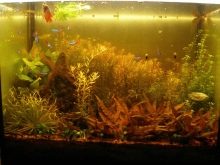
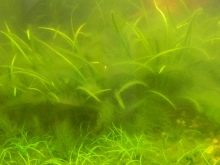
When can fish be populated?
The population of fish in a new aquarium is far from being as fast as an aquarist would like. First, water is poured into it, leaving it for 5-7 days without light. After this time, plants are planted and the light is turned on for several hours a day. After about 2 days they try to populate the tank with unpretentious fish.
However, if turbidity appears after starting, it is necessary to wait until the water balance is stabilized. First, it is better to populate the inhabitants in a quarantine aquarium, in which they can spend 2 weeks. After that they can be placed in a permanent place of residence. If the liquid has not settled in the tank, the fish may die in it.
When the cause of turbidity is associated with the presence of ammonia in the water, it is possible to run the inhabitants into such a reservoir no sooner than after 3 weeks. Other fish and at all wait for relocation up to 4 weeks, because they can die from poisoning with nitrite or ammonia. To prevent this, first you need to remove toxins from the water and cleanse the liquid from turbidity.

Preventive measures
Turbidity in the aquarium must be dealt with in a timely manner. However, it is better to take preventive measures so that in the future there will not be such problems. For example, the water in the new aquarium does not need to be renewed within 2-3 weeks: it is so much that is required to stabilize the microflora. This extract is useful not only for fish, but also for aquarium plants.
To avoid problems, you need to know a few nuances.
- A complete water change is possible only when the fish are ill.
- Water can be partially renewed no more than 2 times a week, contributing no more than 20-30% of the total volume.
- Water for the aquarium should be settled for 4-5 days. This is what relieves her of chlorin and harmful toxins.
- Prevention of the formation of turbidity will be the cleaning of filters from residual feed and plaque.
- Care must be taken to keep the inside of the tank clean.
- Aquarium vegetation needs timely care. Dead algae must not be allowed to remain inside the tank.
- It is impossible to indiscriminately use drugs to treat fish, often they contribute to the formation of unfavorable microflora.
- Care of the walls of the glass aquarium should be timely, since dirt will very quickly lead to turbidity of the liquid.
- It is necessary to do a chemical analysis of water from time to time.
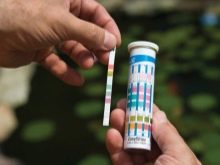
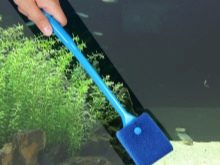
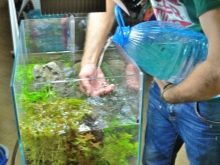
You will learn about the causes of turbidity in the aquarium and how to solve this problem from the video below.










